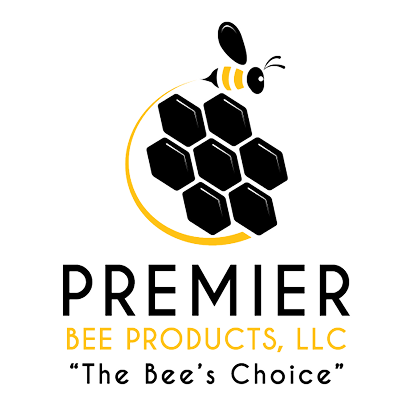Propolis: Why You Should Want More of It in Your Hives
It wasn’t long ago when bee breeders sought to develop a new honey bee stock that would use less propolis in their hives.
It was a simple idea to make life more convenient for beekeepers.
Most beekeepers are plenty familiar with this sticky, resinous substance dubbed “bee glue.” The material cements frames and boxes to each other and sticks to tools and clothing, making many plain tasks a tacky mess.
But bees love propolis, which is why it is an important building material in a hive. In natural nests, bees line the rough, inner cavities with propolis to provide rigidity and smoothness to the structure. Since modern, man-made hive bodies contain smooth interior surfaces, bees don’t feel the need to envelop their home in propolis as much.
Whenever humans intervene in a colony’s natural processes, it is right to ask what changes have occurred and how they have impacted the colony’s well being. In the case of propolis, the latest research is pointing to a dire need to incorporate more of it in our beehives — not less.
Let’s examine what propolis is, how it benefits bees, and how it ultimately benefits humankind.
The word “propolis” comes from the Greek words “pro” — for — and “polis” — the city.
What is Propolis?
Propolis is a substance collected by honey bees from plant resins (mostly trees) to smooth surfaces, seal cracks, and fight infection in a hive.
These resins initially serve to protect the plant from which they’re sourced. When a branch or stem is damaged, resin oozes from the exposed area and forms a protective barrier against unwanted pathogens.
While it’s amazing that a plant can protect itself in this way, what’s more amazing is the unique chemical properties that make up the resin. Natural resin consists primarily of phytochemicals to help fight fungi, bacteria, and viruses most threatening to the plant. We don’t think of plants as having adaptive immune systems like animals, but their responses indeed exhibit a memory to common pathogens.
Similar to how a mother’s breast milk contains important antibodies for her baby’s immunity, so does plant resin contain useful antimicrobials for its neighboring bee colonies.
Now, resin is only the raw material for a hive. Honey bees slightly modify the resin by combining beeswax, honey, and stomach enzymes to create the end product, propolis — though propolis does not really differ from its primary ingredient.
A small number of foragers are selected to collect the resins for the hive. As the substance becomes workable in warmer temperatures, bees fly out to collect the resin in their pollen baskets. When they arrive back to the hive, they require help unloading the freight due to its stickiness.
Benefits to the Hive
Why do bees collect resin in the first place?
Often, propolis serves to provide structural support to the hive, smoothing rough surfaces, blocking alternate entrances from intruders, and filling unwanted cracks.
But propolis also has sanitary and health benefits, many of which the bees are cognizant of. For example, when a large intruder occupies a hive, the colony will sting it to death and cover its carcass with propolis since it is too large to physically remove.
Recent research has helped us understand the many antifungal, antibacterial, and antiviral properties of propolis, though much is still unknown. Researchers Marla Spivak and Renata S. Borba of the University of Minnesota Department of Entomology published a study in 2017 that supported the effect of propolis against pathogens contributing to American foulbrood (AFB) disease.
Dr. Spivak’s research on propolis health benefits has demonstrated the importance of social immunity in overall colony health and productivity. Whereas individual bees exhibit individual immunity through cell phagocytosis and others, the use of propolis in a hive serves as an example of social immunity to protect the overall population from parasitic attack.
By reducing the amount of opportunistic pathogens in a hive, propolis decreases the level of immune response by bees. In this way, bees do not have to exhaust as much energy into fighting infection as they would without the presence of propolis.
As an illustration, the difference in health and productivity would be similar to a fully healthy adult versus one living with a constant cold. The sick adult, with an activated immune response and its taxing symptoms, will certainly not be as effective for society as the healthy one.
Benefits to Humans
Humans have been leveraging the health benefits of propolis for thousands of years.
The ancient Egyptians embalmed their mummies with propolis. The Greeks used it to treat abscesses. The Romans applied the substance to wounds and tumors to fight infection.
But propolis benefits are no wives’ tale. Modern research has confirmed the many antimicrobial and anti-inflammatory properties of propolis as a remedy.
More than 300 compounds have been identified in propolis, many of which are a class of antioxidants known to fight disease and damage in the body. Healthline has reported the effectiveness of propolis to treat wounds, cold sores and herpes, and even certain cancers.
It is for all of these reasons and more that propolis sales have been increasing in the United States in recent years as more consumers recognize the supplementary health benefits of the substance.
Whether you intend to harvest the propolis for your own consumption, sell it to customers, or simply leave it be in your hives, a good beekeeper should come to view the bee glue as friend, not foe.


